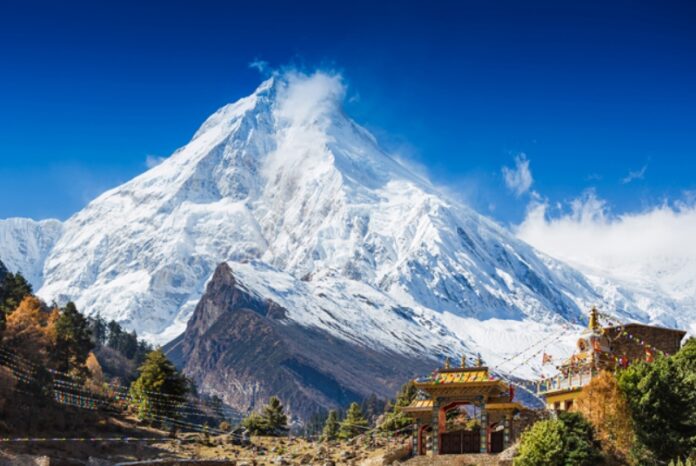Мрія для багатьох альпіністів гора Еверест має безліч героїчних історій і легенд. Але зараз цей символ Непалу і всього регіону зазнає серйозної загрози через глобальне потепління.
Генеральний секретар ООН, Антоніу Гутерреш, відвідав район поблизу гори Еверест і прокоментував справжній стан цієї знаменитої вершини. Він заявив, що з травня 2022 року до жовтня 2023 року льодовики Гімалаїв танули на 65% швидше, ніж за попереднє десятиліття. Це вражаюче прискорення процесу танення приносить серйозну загрозу навколишнім регіонам.
Згідно з даними кліматологів, за останні 100 років середня температура Землі збільшилася на 0,74 °C. Однак регіон Гімалаїв Південної Азії стикається зі ще більш значним потеплінням, ніж середні глобальні показники.
За останні кілька десятиліть льодовики в Непалі, ув’язнені між двома основними країнами-забруднювачами вуглецем – Індією та Китаєм, втратили майже третину свого обсягу. Це прискорене танення загрожує призвести до серйозних наслідків.
Антоніу Гутерреш закликав до дії, наголошуючи на тому, що танення льодовиків призведе до підняття рівня води в озерах і річках, що, своєю чергою, може викликати зсуви ґрунту та повені, загрожуючи цілим громадам. Висхідний рівень води в морях також викличе занепокоєння, оскільки це призведе до підтоплення узбереж і загрози прибережним областям.
Генеральний секретар ООН закінчив свій заклик до дії, закликаючи світових лідерів обмежити підвищення глобальної температури до 1,5 °C, щоб запобігти “найгіршому кліматичному хаосу”.
За даними вчених, льодовики Гіндукуш-Гімалаїв, якщо не буде вжито нічого, можуть втратити до 75% свого обсягу до кінця століття через глобальне потепління. Це загрожує такими подіями, як небезпечні повені та нестача води для більш ніж 240 мільйонів людей, які проживають у гірських районах.
Альпіністи, які повертаються, повідомляють, що Еверест став сухим і сірим. Сьогодні ця ікона альпінізму під загрозою, і світ повинен об’єднатися, щоб захистити цей унікальний куточок природи і його величні льодовики від повного зникнення.


